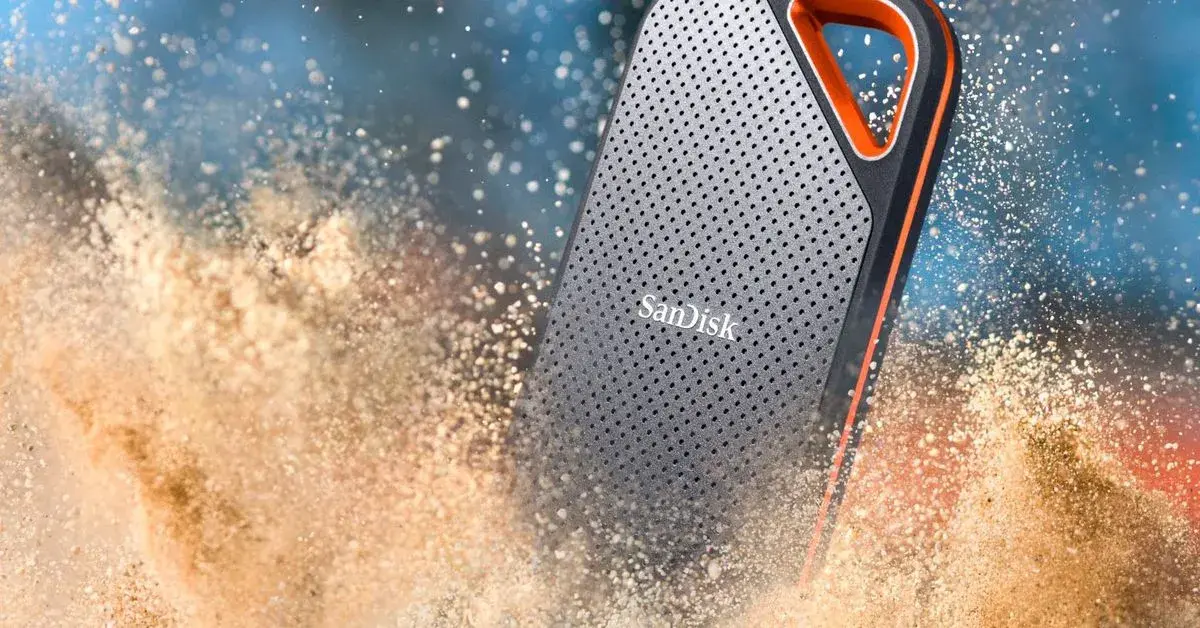- cross-posted to:
- technology@lemmy.world
- technews@radiation.party
- cross-posted to:
- technology@lemmy.world
- technews@radiation.party
deleted by creator
It’s basically just a really elaborate angry comment on a SanDisk SSD. Sucks that you lots your data, but it’s a single failure that could happen to basically any drive. Back up what you care about. Absolute waste of time ‘article.’
The Verge is a hit or miss outfit for me. Sometimes they’re fine, but then you remember when they tried to build a PC and you wonder if they really actually know what they’re doing over there.
deleted by creator
NOTHING I have that is irreplaceable is on less than 2 drives nor are they ever connected at the same time. You’re just asking to lose files if you only save them on one drive.
So are you a bot or no? Your account is marked as a bot. 🤔
Anything I have that is super important is just uploaded to a server with backups turned on. Becomes 100%, not my problem anymore.
That’s good to know. I almost thought of buying a couple (I always back up with pairs) to replace a couple of aging spinning disk portables.
Guess I will wait.
WD writing fake reviews?
There’s no way an actual human wrote such an extensive, detailed but overall dry of content as a review, unless they got it for free in exchange of an enthusiastic review
AI generated article
I get a lot of folks are correctly pointing out the need to back up data but isn’t that a little bit of victim blaming? This isn’t a situation where the guy had a 10 year old drive with all his photos and videos sitting around unbacked up. He had a new drive and it failed. Can we agree that brand new drives aren’t supposed to fail?
They should at least try to recover the data. Maybe a data recovery program like spinrite would just do it. https://www.grc.com/sr/spinrite.htm .
Not running raid, not backing up, and not even trying the simplest recovery approaches is just sloppy and lazy. Do at least one of the three.
Like someone else said. Expect the biggest risk of failure when you buy it. Then like maybe 5 years out rising failure rates. Refreshing the disk pattern as it gets older can help too.
Just pay triple! Don’t be a poor!
Such great advice.
Can we agree that brand new drives aren’t supposed to fail?
No.
The typical failure rates, for pretty much all electronics, even mechanic stuff, form a “bathtub graph”: relatively many early failures, very few failures for a long time, with a final increasing number of failures tending to a 100%.
That’s what you’re supposed to have a “burn in” period for everything, before you can trust it within some probably (still make backups), and beware of it reaching en of life (make sure the backups actually work).
That’s absolutely true in the physical sense, but in the “commercial”/practical sense, most respectable companies’ QA process would shave off a large part of that first bathtub slope through testing and good quality practices. Not everything off of the assembly line is meant to make it into a boxed up product.
What is a good portable HDD to get these days?
Or should I just get one of those little usb m2 cases.
deleted by creator
Cheaper? Internal HDDs have been more expensive than USB ones for the last decade or so. Which is why Hard Drive shucking (i.e. ripping the HDD out of the USB enclosure for internal/NAS use) is such a common sport.
deleted by creator








